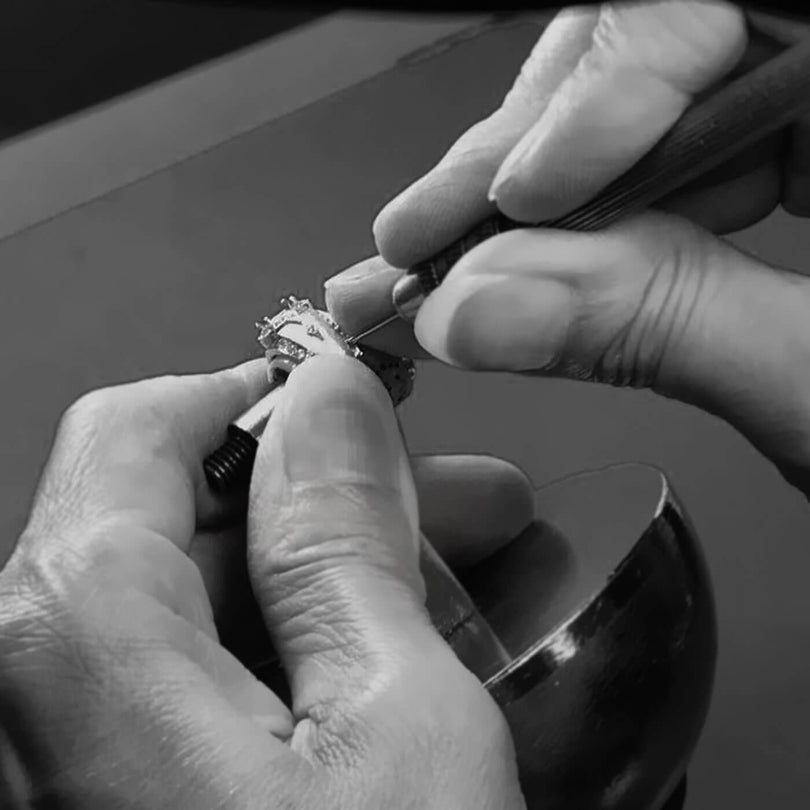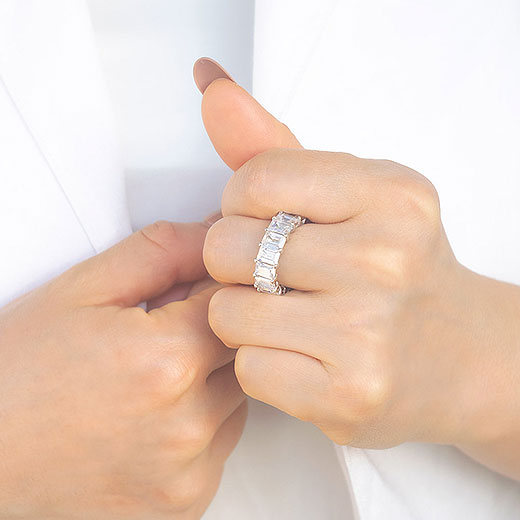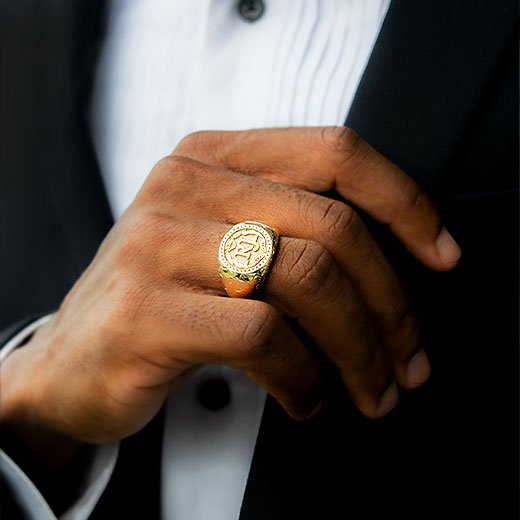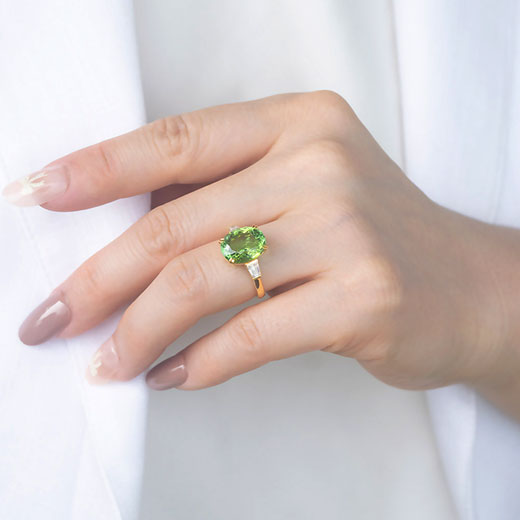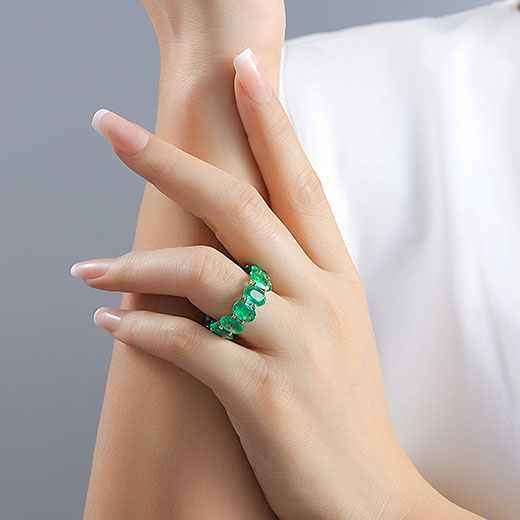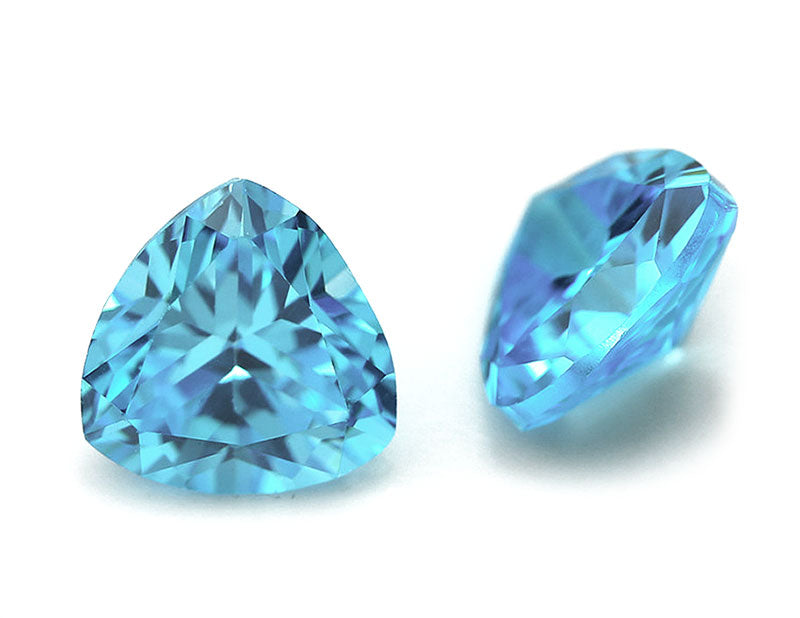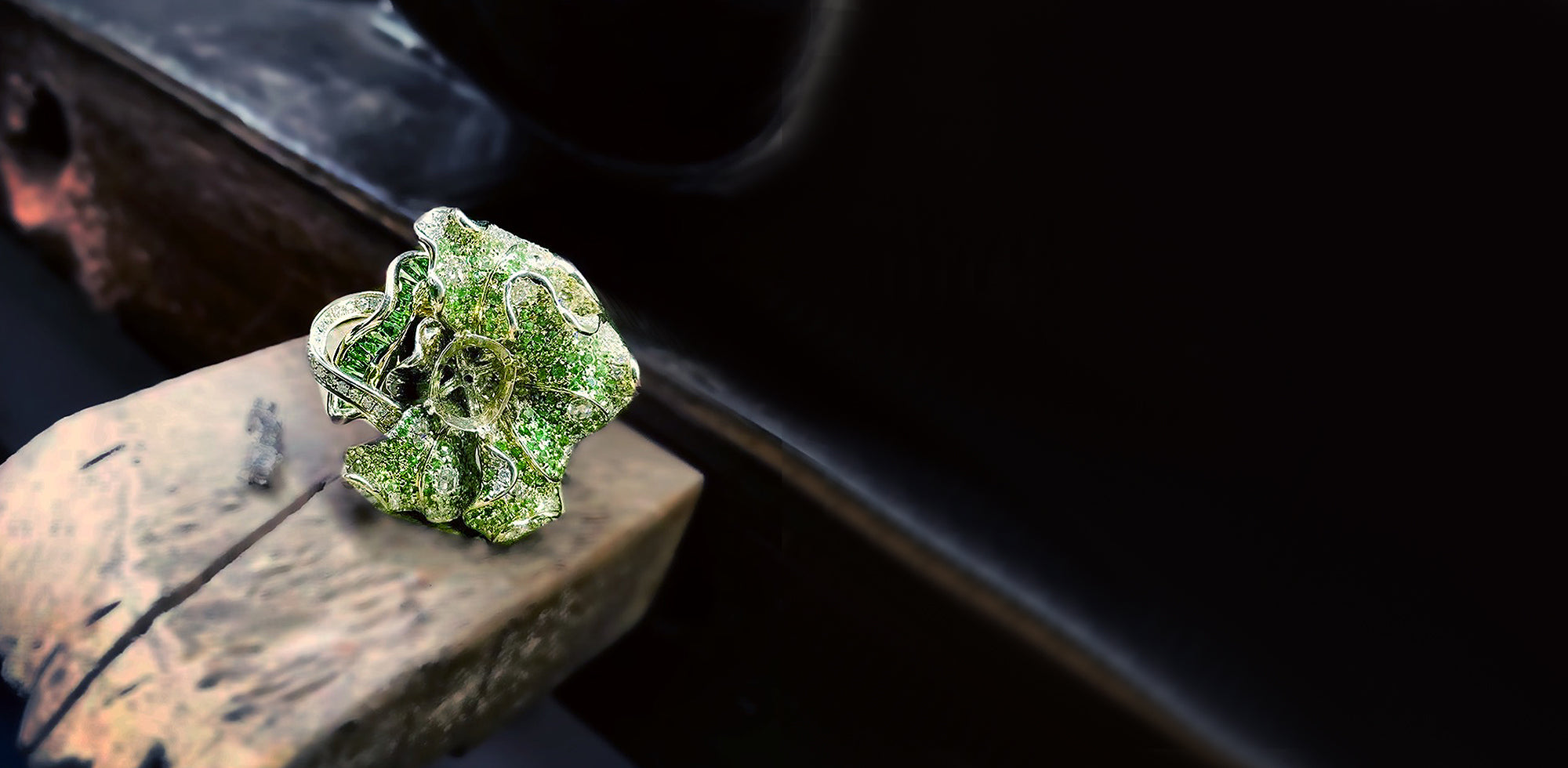Outline
Natural Tourmaline is a splendid semi-precious gemstone, popularly known for its vast and diverse color spectrum. Tourmaline's chemical composition includes a group of mineral species that are closely related, sharing the same crystal structure and the existence of a complex mixture of other elements such as calcium, manganese, and iron are mainly responsible for the color of Tourmaline.
The name "Turmali" or "Thoramalli" was thought to be obtained from the Tamil and Sinhalese words "Turmali" or "Thoramalli," which means "stone of various colors." Tourmaline can be found in bi-colours and tricolors, with two or more hues in the same specimen, in addition to green, blue, yellow, pink, red, black, and white (clear).
Blue and green colored Tourmaline are often obtained by the presence of iron and sometimes titanium. White red, pink and yellow are caused by manganese.
It is believed that a Spanish conquistador discovered a green tourmaline crystal in Brazil in the 1500s and mistook it for an emerald. Scientists only discovered the Tourmaline's true identity as a separate mineral species in the 1800s. Natural Tourmaline's dazzling spectrum of colors was brought to the forefront by discoveries of this stone in Brazil during the 1980s and 1990s, which substantially increased its market appeal.
Tourmaline is a pegmatite mineral and can be mined in pegmatite districts worldwide. As of today, Brazil continues to be the primary source of this magnificent gemstone. Fine Tourmalines are also distributed by San Diego County, including the famous Pala pegmatite district and Maine. Striking yellow "canary" tourmalines are mined in Malawi, in East Africa, whereas Nigeria mines blue-green tourmalines and fine rubellites. Afghanistan, Sri Lanka, Pakistan, and Burma are among the other countries where Tourmaline can find this gem.
Symbolism
According to legends and folklore, Tourmaline was believed to have travelled over the rainbow and gathered its beautiful colors along with it. Different cultures have associated the properties of Tourmaline with various beliefs over time.
Tourmalines were used in various ceremonies in ancient India to help people gain insight and distinguish between good and evil. It was believed by African civilization to have the ability to alleviate disillusionment and improve mental clarity. Alchemists linked it to the philosopher's stone because of its pyroelectric property ( the ability to generate electricity when heated). This was considered to be the element that could grant spiritual power, resolve conflicts, grant enlightenment, and turn base metals into gold. Tourmalines were also used as amulets by artists and writers because it was considered to inspire creativity.
Tribes in Africa, Native Americans, and Australian tribal groups still use this magnificent Tourmaline as a pendant to protect them from harm.
Properties
Hardness and Strength
The mineral hardness of tourmaline ranges from 7 to 7.5 on the Mohs scale, making it a good choice for jewelry, including rings for daily wear. Other types of gemstone jewelry, such as earrings, necklaces, and pendants, frequently feature tourmalines.
Treatment
The majority of tourmaline gems on the market have never been treated. They are, however, occasionally heated or irradiated to improve their color and clarity. This is particularly true with the red and pink tourmalines.
Irradiation is commonly used to strengthen or improve the color. However, the reaction of Tourmaline to this treatment is determined by the stone's original colour and source. Yellow stones, in general, turn into orange or peach color, whereas medium blue or green stones turn into a deep purple color.
To brighten up the color of tourmalines, they are usually heated to around 700° C. While both treatments are stable sources of change, extreme caution is required because this gem is prone to cracking when exposed to excessive heat. Heat-induced changes are durable and undetectable; however, when exposed to heat or bright light, the effects of irradiation can fade.
Unenhanced and natural tourmalines are generally more valuable than treated tourmalines.
Grades
Color
From pink to black, this gorgeous gemstone is available in a wide range of colors. While some common tourmalines such as schorl are fairly affordable, the rarer colors command a premium. Here are some of the most well-known tourmalines with their trade names:
1. Paraiba Tourmaline: This rare neon-blue stone was discovered in a gem pegmatite in the Brazilian state of Paraiba in 1989 and is the most pricey of all tourmalines. Due to a scarcity of supply and high demand, its value has skyrocketed.
2. Rubellite: This tourmaline variety is a popular substitute for ruby and red spinel, and it comes in large sizes. It's treasured for its vibrant hues, which span from hot pink to deep red and purplish-red.
3. Indicolite: This is a rare tourmaline that is also one of the most difficult to find. It has a wide range of colors, from grey-blue to vivid blue to blue-green.
4. Chrome Tourmaline: Another incredibly rare tourmaline, having a brilliant green color. Its magnificent hue, which is similar to tsavorite garnet, is due to the presence of chromium and vanadium. Chrome Tourmaline was first found in Tanzania in the 1960s, and it is most often only available in limited quantities. Collectors are eager to get their hands on a chrome tourmaline.
5. Watermelon Tourmaline: Multicolored gems are undeniably beautiful, and this tourmaline variety is no exception. It exhibits a red center, usually surrounded by a green outer layer (or vice versa). This tourmaline frequently has green on one side and red on the other when used in jewelry.
Clarity
Since most colored tourmalines are formed in a liquid-rich environment, these liquids frequently become trapped inside as inclusions during the crystal growth process. In most cases, tourmaline inclusions closely mimic thread-like cavities or long hollow tubes.
Eye-visible inclusions are typical in red and pink Tourmalines but are often despised if the color is intense and appealing. Regardless of the stone's vividness, tourmalines with prominent whitish inclusions are poorly received by dealers and consumers.
On the other hand, green tourmalines are usually eye-clean. As a result, the presence of visible inclusions significantly reduces their value. The same is true for tourmalines of other colors: inclusions visible to the naked eye will lower the price significantly.
Cut
Pleochroism is a common feature of colored tourmalines, which means the gem's colour changes when viewed from different angles. This effect is barely detectable in some cases, but it is very noticeable in others. As a result of this property, it is crucial to cut gemstones to always display the best color possible at all times. As a result, light-colored tourmalines are frequently cut into round, trillion, and oval shapes, whereas dark-colored tourmalines often have an emerald shape or are elongated.
Tourmalines can find tiny, parallel inclusions in green and pink tourmalines from specific locations. When polished and cut as cabochons, these stones have a strong cat's eye effect, earning them the name "cat's eye tourmaline." Stones included but have good color are often cut as cabochons to emphasize their color and hide flaws.
Carat
Tourmaline gemstone is found in the form of large transparent crystals which are used to make beautiful tourmaline stones. Except for sapphire and ruby, Natural Tourmaline's price per carat does not increase drastically. In the case of a fashioned tourmaline with pleasing color and clarity, the price per carat rises as the gem approaches the 4-carat milestone.
Even though tourmalines have no standard quality grading criterion, the grades of this gemstone can be divided into the following categories based on the properties listed above.
AAAA-Heirloom
This category includes the top 1% of extremely rare pink tourmalines ranging from slightly included to eye-clean. The rich color of these lovely gems sets them apart from the rest.
AAA-Best
This category contains nearly 10% of all-natural Tourmalines available. These gemstones have a medium pink color and are slightly included.
AA-Better
This comprises 33% of all pink tourmalines available. They have moderate inclusions and are light to medium colors.
A-Good
This category includes the top 75% of available pink tourmalines with heavy inclusions.
Care Guides
When used in jewelry, Tourmalines looks elegant and stunning. It can sparkle magnificently for years to come if properly cared for. Here are a few pieces of advice to help you achieve the same:- Avoid exposing your tourmaline jewelry to extreme temperature changes, as this can cause the stone to crack and can cause the color of the gem to change and should be avoided.
- To clean your tourmaline jewelry, use a soap solution and a soft -bristle brush. To avoid residue, make sure you rinse thoroughly.
- Pat dry with a soft cloth.
- Do not expose to direct sunlight or use a hairdryer.
- When participating in outdoor activities such as sports or gardening, keep your tourmaline jewelry at a safe distance.
- Tourmalines require frequent cleaning because they attract more dust than other gems.
- Tourmaline should not be cleaned with an ultrasonic or steam cleaners.
- Store your tourmaline jewelry separately from other gemstones to prevent friction and scratches.
- Consider wrapping your tourmaline jewelry in cloth or a fabric-lined box before storing it.

